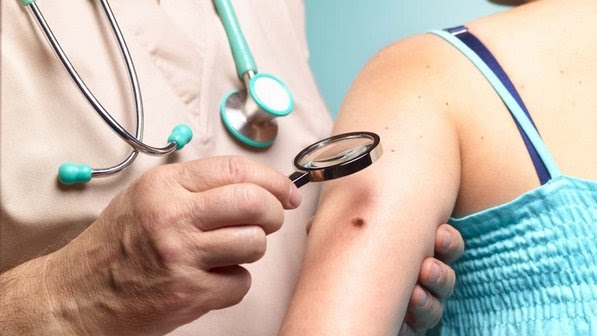The effect chemotherapy has on skin
There are many different rashes that can occur when a cancer patient undergoes chemotherapy. Keeping your doctor abreast of any changes you can see or feel on your skin is very important. Besides letting them know how the drugs are reacting with your body, they may be able to prescribe medicines to help you with the chemotherapy symptoms and suggest products to alleviate rashes, itching, redness, and blisters.
Hands and Feet
One painful rash is called hand-foot syndrome. It occurs on the palms of the hands and soles of the feet. Redness, cracking, peeling, and blisters can be so severe and painful that the daily routine and normal activities are drastically impacted.
Skin
Xerosis, dry skin, is quite common in cancer patients taking chemotherapy. Hyperpigmentation (excess darkening of the skin) can occur with some patients and is believed to be the result of scratching due to the itching caused by some chemotherapy drugs. Hypopigmentation (excess lightening of the skin) can also occur, more often in patients with darker skin tones.
Acneiform eruptions are like pimples and they form on the face and trunk of the body. These bumps and small pockets of pus contain no bacteria, unlike true acne. Another painful rash that may rear its ugly head is called neutrophiliceccrinehidradenitis. Red bumps and nodules appear on the face, ears, and trunk and are thought to be caused from the chemotherapy clogging up the sweat glands. Eccrine squamous metaplasia is similar but the bumps are often crusted eruptions.
Nails
There are many things that can happen to your nails during chemotherapy. Besides nail pain, nails may thicken or thin, develop grooves, pale or dark streaks may surface, and the whole nail may separate and fall off. It is important to pay close attention to both your toenails and fingernails during treatment.
Direct Contact
Sometimes chemotherapy drugs may leak out onto the skin during intravenous delivery. This may cause blistering, blackening, and peeling. This death of the skin cells can be very serious and lead toulcers and scarring. Make sure your doctor knows about any areas where drugs have leaked out. Depending on the drug, plastic surgery consultations may be in order.
Recall
When chemotherapy starts, a rash may be recalled in spots where a patient had radiation or a sunburn previously, even if it was weeks or months ago. It is also important to reduce sun exposure before, during, and after treatment. Chemotherapy makes skin extra sensitive to UVA and UVB rays so sunscreen and protective clothing are musts.
Chemotherapy puts such a stress on the body, and so many symptoms show up on the skin. It is important to find products such as washes, serums, lotions, and cooling pads to help your skin get through this trying time.
This is a guest post by Matthew Boley, who is an avid writer and enjoys blogging. This article was written to educate and inform others of what top do should a chemo rash appear.
Types Of Chemo Rashes





